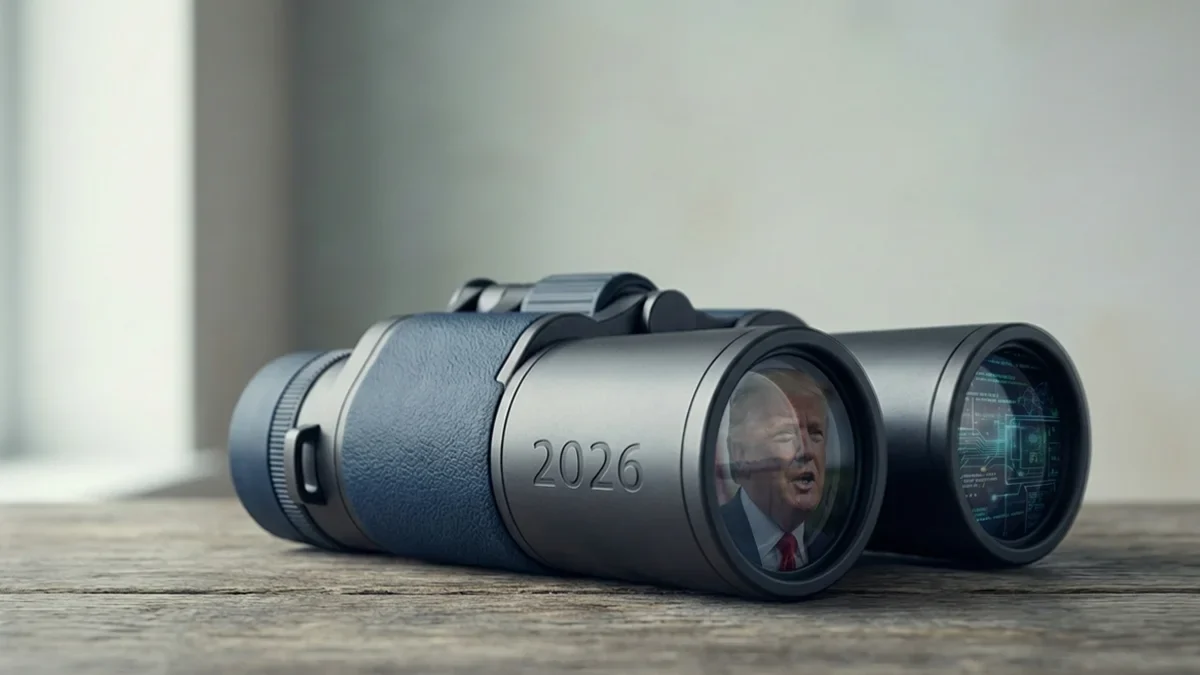• Insurers should embrace technology, automate, and shift resources from calculating numbers to analysing numbers.
• They should also better understand performance through detailed insights, and conduct financial planning and analytics with the resultant granular data.
• Insurers should not wait until IFRS 17 production and implementation has fully stabilised before they address key focus areas.
• “This is a once-in-a-lifetime opportunity” to get process optimisation and control automation right, said EY’s van Wensveen.
The introduction of the new International Financial Reporting Standard (IFRS) 17 has cost the insurance industry nearly $20 billion to implement, a senior EY consultant said. To get value out of the transition, insurers should embrace technology and automation to manage the data the standard will likely generate.
“I’m telling insurance companies, we’re not fully done yet,” said Martyn van Wensveen, a senior management consultant at EY, during the Global Insurance Forum in Singapore on Monday, November 6.
Insurers should do four things to fully reap the benefits from the new standard, van Wensveen said. First, embrace the use of technology. Second, as much as possible, automate and shift resources from calculating numbers to analysing them. Third, understand performance through detailed insights. Fourth, conduct financial planning and analytics with the resultant granular data.
Insurance companies have a lot of opportunities to automate after implementing IFRS 17, van Wensveen added.
“The first thing I notice is that a lot of insurance companies are still doing their financial booking (in) a very manual (way),” he said. “It’s a manual industry. A lot of the work behind the scenes is done manually. A lot of reconciliation is done manually.”
“So we need to adopt and use and embrace technology. I’ve seen companies literally move their automation from 10% to 90%,” he added.
Carriers can do “smart closes” and take advantage of integrated reporting, and automate their controls, van Wensveen said.
“A large insurance company can have anywhere between 3,000 to 5,000 controls that they need to execute every time they close the book,” van Wensveen added. “So, process optimisation (and) control automation goes hand in hand, and really now is the time to do it. This is a once-in-a-lifetime opportunity to get it right.”
If insurers do this well, they can shift resources from calculating the numbers to analysing the numbers, he added.
The availability of granular data created by the implementation of IFRS 17 means that companies can look at which policyholders can generate the most value and identify which agents give them the most profitable business, Vanessa Lou, a partner leading EY’s ASEAN actuarial practice, said.
Changing goalposts
Companies can also consider introducing new KPIs, or replacing existing KPIs based on data they that can be found within the IFRS 17 matrix, Lou added.
IFRS 17 requires more detailed information at many levels, said van Wensveen.
“It allows us now to really understand performance, and then we can understand it as management and we can explain that to the market.”
But the real holy grail is that IFRS-17 is based on models.
“We are the only industry that is producing a number based on future projected revenues, especially for long-term business like life insurance business,” van Wensveen said.
“For me, the winners are those companies that already are pretty good at producing the IFRS-17 numbers, have managed to stabilise it, have done the automation, made it more efficient, and started to harvest that information and leverage on those investments,” he said.
Companies should not wait until their IFRS 17 production and implementation has fully stabilised to address key focus areas, as they require lead time to implement, van Wensveen said.
“You need to start thinking about how you can take it to the next level, so don’t wait until its fully stabilised,” he added. “It’s continuous improvement. That is the key.”
Insurers should also leverage previous investments in their new IFRS 17 systems and data lakes, and build on their existing capabilities to exploit them for these new focus areas, van Wensveen said. But they should not spend too much time on the tools.
“For me, first mindset, then skillset, and then toolset. Don’t start with the tools,” he added.
Lastly, companies should have an agile approach, and develop a phased journey of continuous improvements that addresses each focus.
“Don’t try to do everything at once – implement it in stages and get better and better,” van Wensveen said.
























